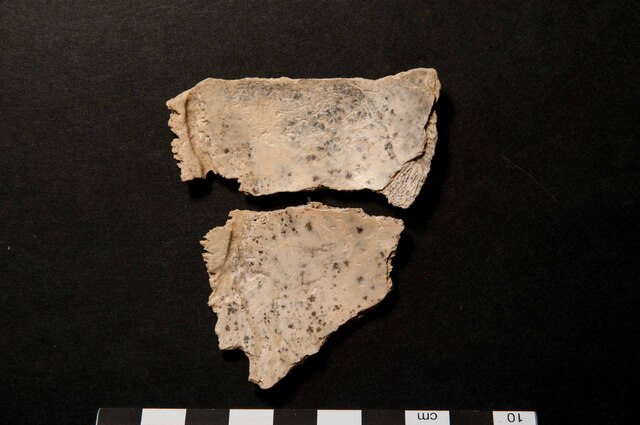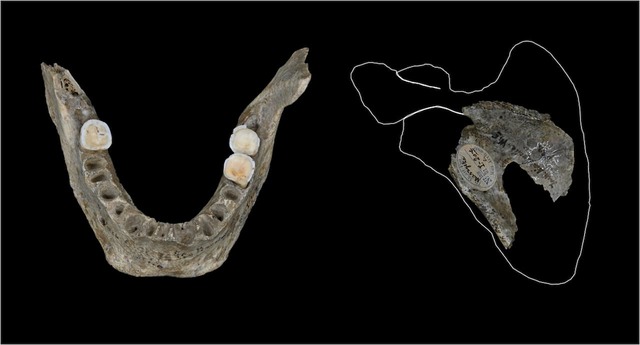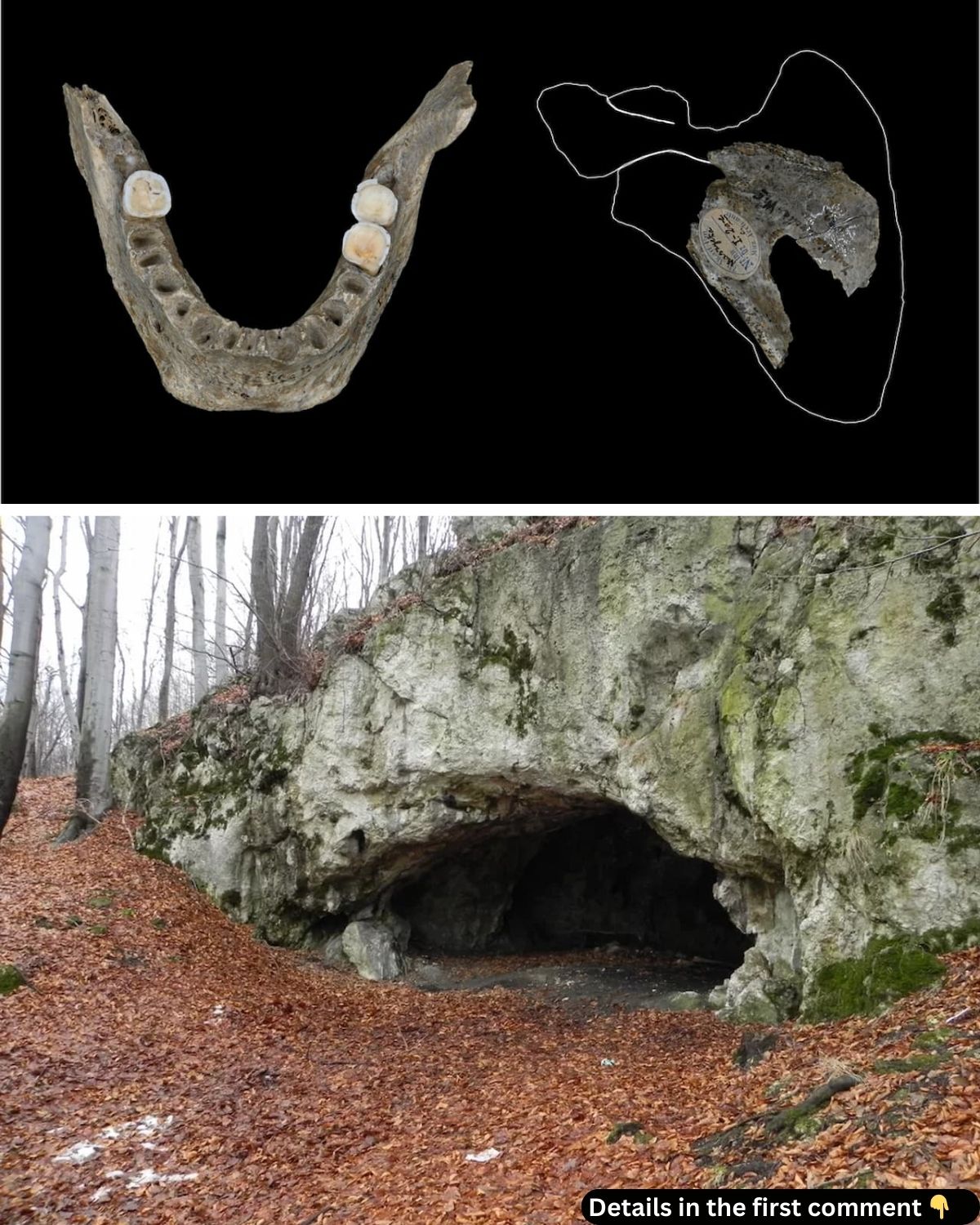A groundbreaking archaeological discovery in Maszycka Cave, Poland, has revealed a chilling practice that dates back to the Magdalenian period—18,000 years ago. The evidence points to a cultural practice of cannibalism among human communities during this time, with a focus on consuming the brain, marrow, and muscle tissues of fellow humans. This discovery sheds new light on ancient rituals and survival strategies while uncovering a violent and disturbing chapter in prehistoric history. By examining the remains, researchers have pieced together a narrative of how human communities may have dealt with competition, survival, and cultural expression in a rapidly changing post-glacial world.
The Magdalenian Period: Context and Background
The Magdalenian period, which spanned from approximately 17,000 to 12,000 years ago, was a crucial time in human prehistory, marking the end of the last Ice Age. During this period, humans were adapting to a warming climate, navigating new challenges and opportunities brought on by the retreating ice sheets. The people of the Magdalenian were primarily hunter-gatherers, skilled in creating sophisticated tools and artwork, including the famous cave paintings at Lascaux and Altamira.


At the same time, the period saw increased social organization and territorial expansion, which likely fostered both cooperation and conflict among human groups. This context is essential for understanding why practices like cannibalism emerged in some areas. The Maszycka Cave find offers a glimpse into the complexity of Magdalenian societies—revealing not just survival strategies but also potential ritualistic behaviors that may have been ingrained in their cultures.
Video
Watch this video to learn about the shocking discovery of brain-eating cannibals in Poland from 18,000 years ago, revealing an unsettling chapter in human history.
Maszycka Cave: The Site of Discovery
Maszycka Cave, located near Kraków, Poland, has long been recognized as a significant archaeological site. Although earlier excavations found animal remains and human bone fragments, it wasn’t until recently that modern technology allowed for an in-depth analysis. The cave, with its history of habitation and ritual use, became the focal point of a groundbreaking study, revealing the first clear evidence of human consumption in this region during the Magdalenian period.

This discovery was made possible through advanced taphonomic techniques, which allowed researchers to analyze over 60 human bone fragments found in the cave. The bones included skulls and long bones, which showed signs of deliberate processing, including cut marks and fractures that were indicative of cannibalistic practices.
Discovery of Human Remains: Taphonomic Analysis and Findings
A critical element of this discovery was the use of taphonomic analysis, which is the study of how organic materials, such as bones, decompose over time. Researchers focused on 63 human bone fragments, which exhibited clear evidence of manipulation by humans. About 68% of the remains showed signs of intentional cut marks and fractures, indicating that these bodies were not merely processed for burial but for consumption.

The skulls, for example, had cuts associated with the removal of the scalp and facial tissue. Additionally, fractures on the long bones, such as the femur and humerus, suggested that marrow extraction, a highly nutritious resource, was a common practice. Most shockingly, some skulls showed evidence of having been opened to access the brain, one of the most nutrient-rich parts of the body. The study concluded that these actions were deliberate and performed shortly after death, emphasizing the consumption aspect of these rituals.
Cannibalism: Motives and Implications
Why would prehistoric humans engage in such disturbing practices? The study suggests that this cannibalism may not have been solely driven by hunger. Instead, it could have been linked to deeper cultural or social motivations. For instance, it is possible that the consumption of human flesh was a symbolic act tied to intergroup tensions, where consuming the body of an enemy or rival was seen as a way to humiliate or gain power over them.
Alternatively, cannibalism in the Magdalenian period could have served ritualistic purposes. It is well documented that in many cultures throughout history, the consumption of human flesh was part of spiritual or religious rites, where the act was thought to transfer strength or wisdom from the deceased. The researchers suggest that, while we can’t know for certain, the evidence of violent fractures and a lack of ceremonial treatment points to a more hostile, survival-oriented form of cannibalism.

Broader Context: Cannibalism in Other Magdalenian Sites
While the Maszycka Cave discovery is unique, it isn’t the only site from the Magdalenian period where cannibalism has been suggested. Other locations across Europe have yielded similar evidence of human remains being processed in a manner consistent with consumption. This pattern suggests that cannibalism was not an isolated or rare occurrence, but rather part of the broader cultural practices among certain Magdalenian groups.
For example, evidence from Gough’s Cave in the United Kingdom and other Magdalenian sites in France also shows signs of ritualistic processing of human bones. However, the Maszycka Cave find is distinct in its lack of ritualized treatment of the bodies, emphasizing the violent and practical nature of the cannibalism practiced in this case.
The Role of Advanced Archaeological Techniques
The use of modern technologies played a crucial role in the discovery and understanding of the Maszycka Cave remains. Techniques such as 3D microscopy allowed researchers to closely examine cut marks and fractures, differentiating them from natural damage or marks made by scavengers. Furthermore, radiocarbon dating provided the precise timeline for the remains, confirming that they were from the Magdalenian period.
This advanced methodology allowed researchers to not only confirm that these were human remains subjected to cannibalistic practices but also to understand the specific behaviors associated with it. Such techniques are revolutionizing archaeology, giving us a clearer picture of prehistoric life, death, and social practices.
Significance for Understanding Prehistoric Societies
The discovery of cannibalism in Maszycka Cave is significant because it offers new insights into how prehistoric societies were structured and how humans adapted to their changing environment. The evidence suggests that, during this time, human groups were engaging in behaviors that went beyond mere survival tactics and were intertwined with their social and cultural identities.
Furthermore, the study challenges the romanticized view of prehistoric humans as peaceful, hunter-gatherers living in harmony with nature. Instead, it highlights the complexity of their societies, where competition, territorial disputes, and even ritualized violence played a significant role in shaping their existence.
Video
Tune into this video to explore the mystery of giant humans who hunted and cannibalized Neanderthals, uncovering a dark chapter of prehistoric life.
Conclusion: New Insights into Human Prehistory
The findings in Maszycka Cave offer a glimpse into the harsh realities of life during the Magdalenian period. Far from being a simple act of survival, the cannibalism uncovered in the cave suggests that it was deeply tied to cultural and social dynamics of the time. Whether driven by territorial conflict, ritual practices, or survival strategies, this discovery paints a more complex picture of prehistoric human life.
As archaeological research continues, further excavations and technological advancements will likely reveal even more about the lives of our ancient ancestors. The Maszycka Cave remains are not just a testament to the brutality of prehistoric violence but also a critical reminder of the diverse and often hidden aspects of human history.



